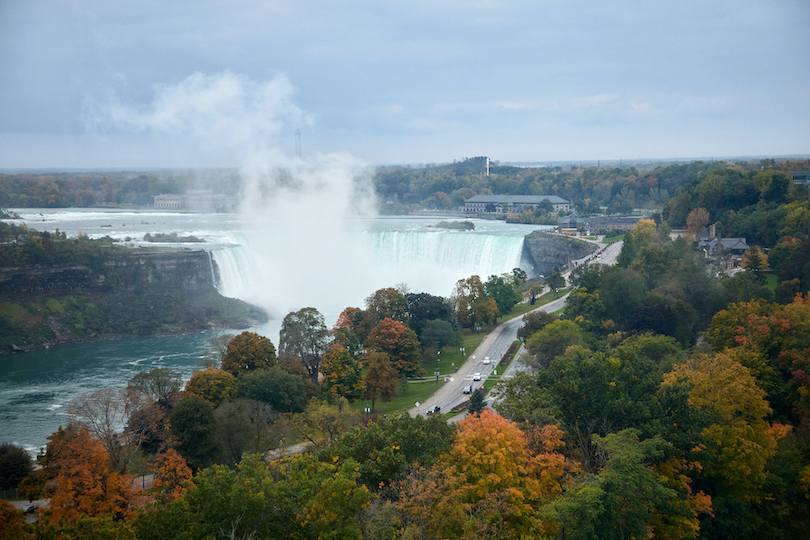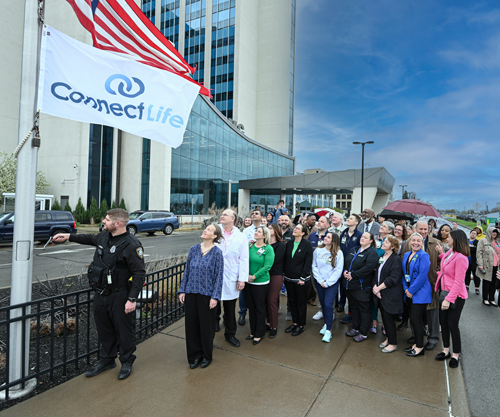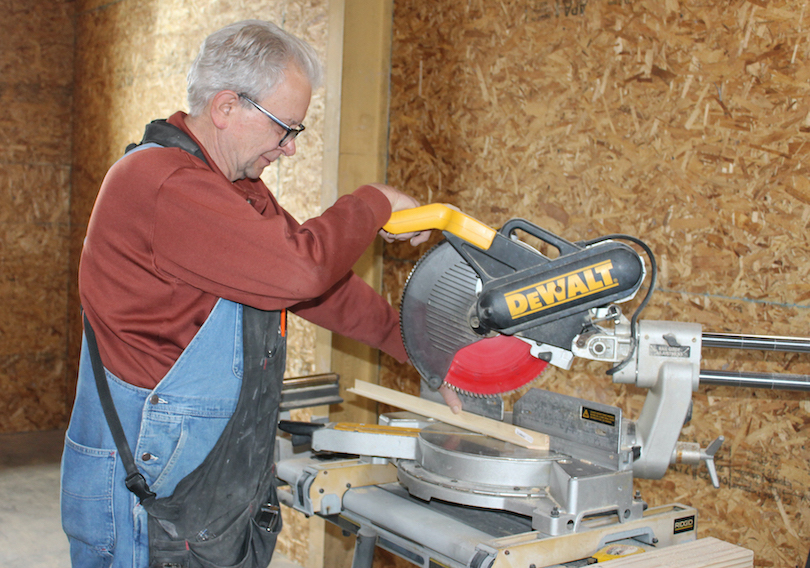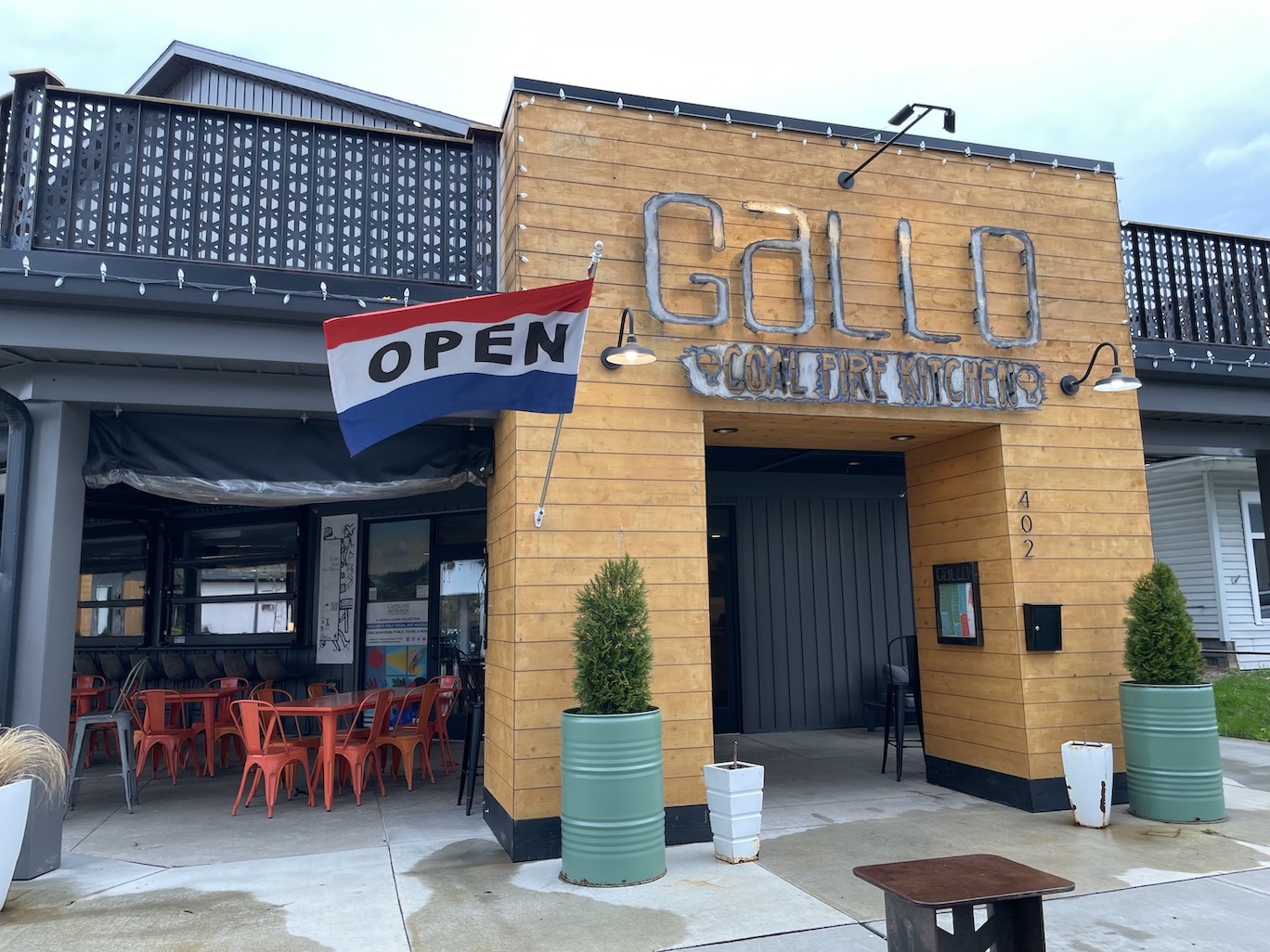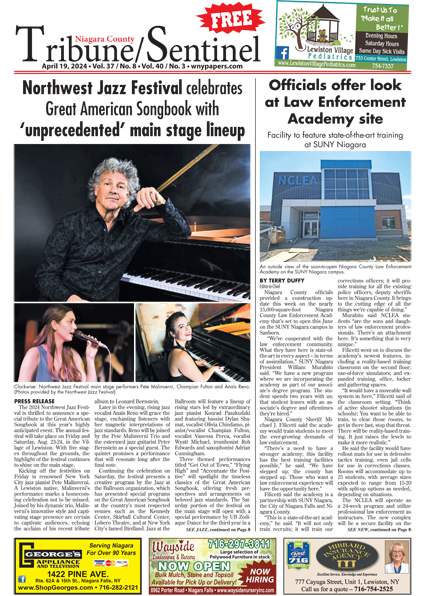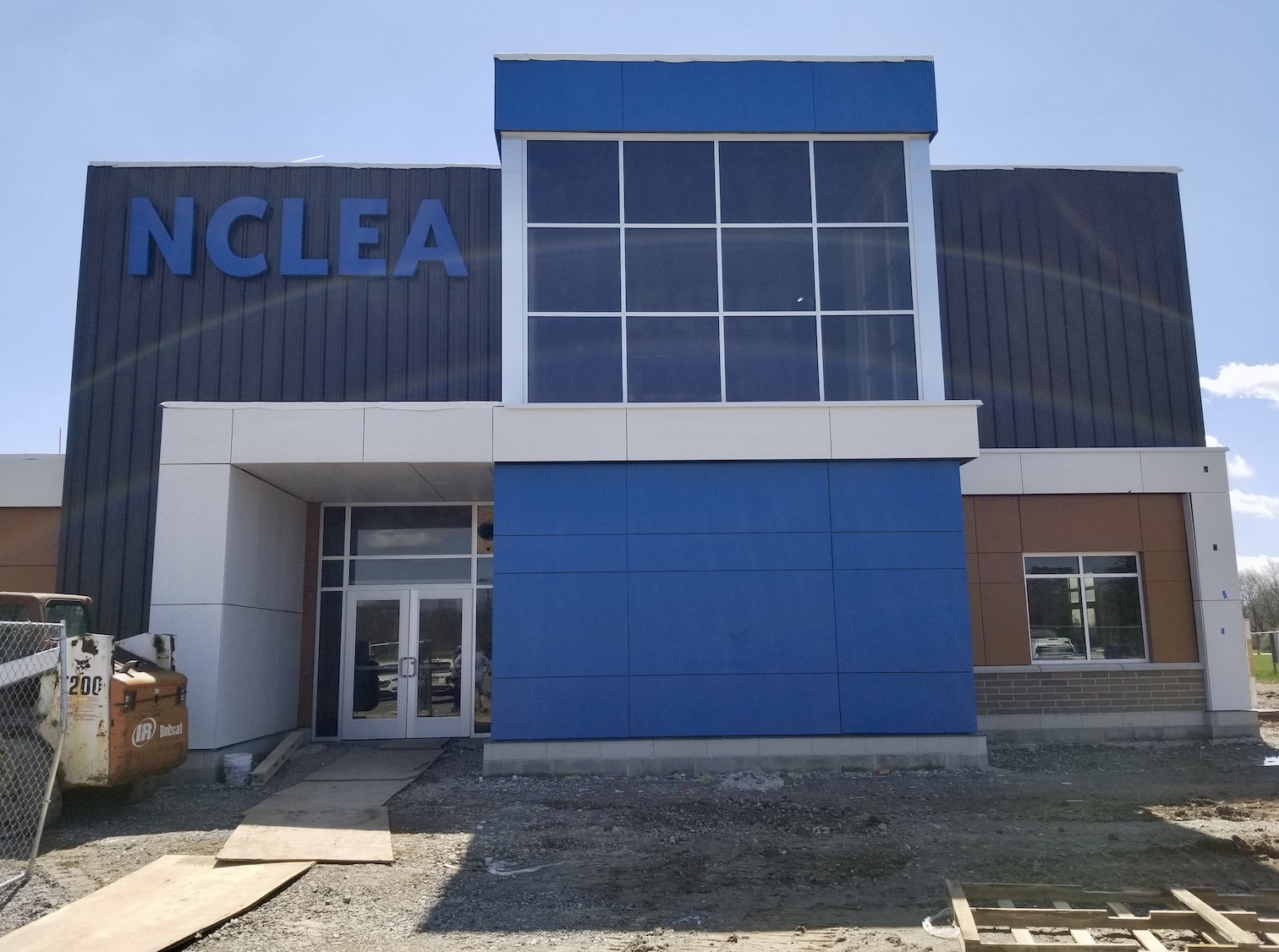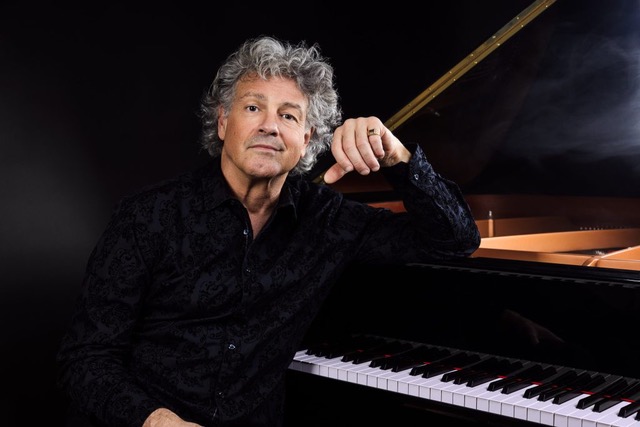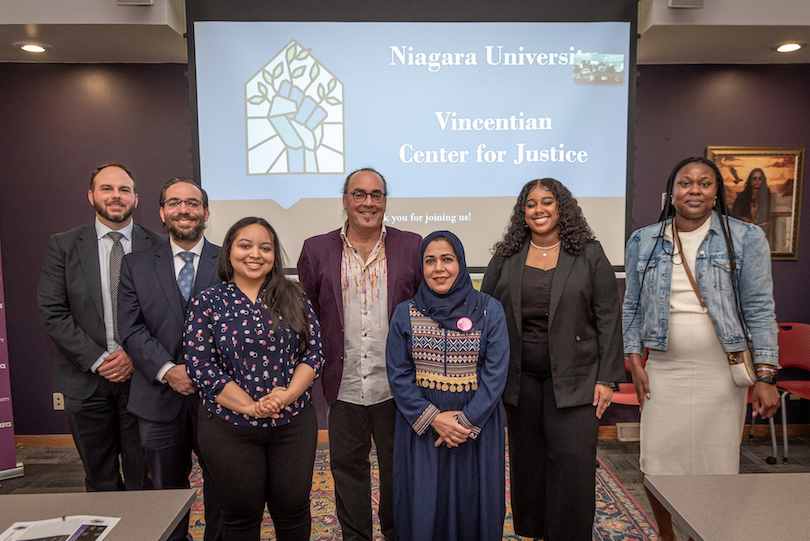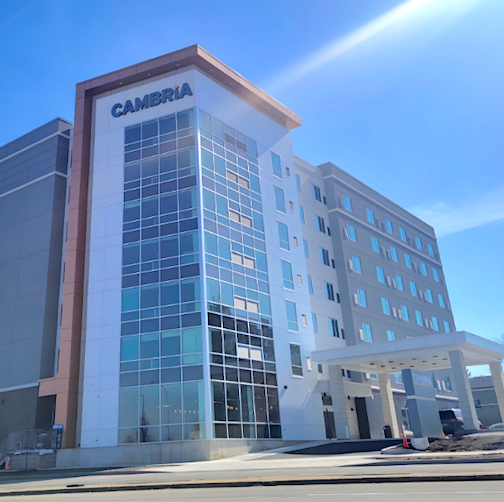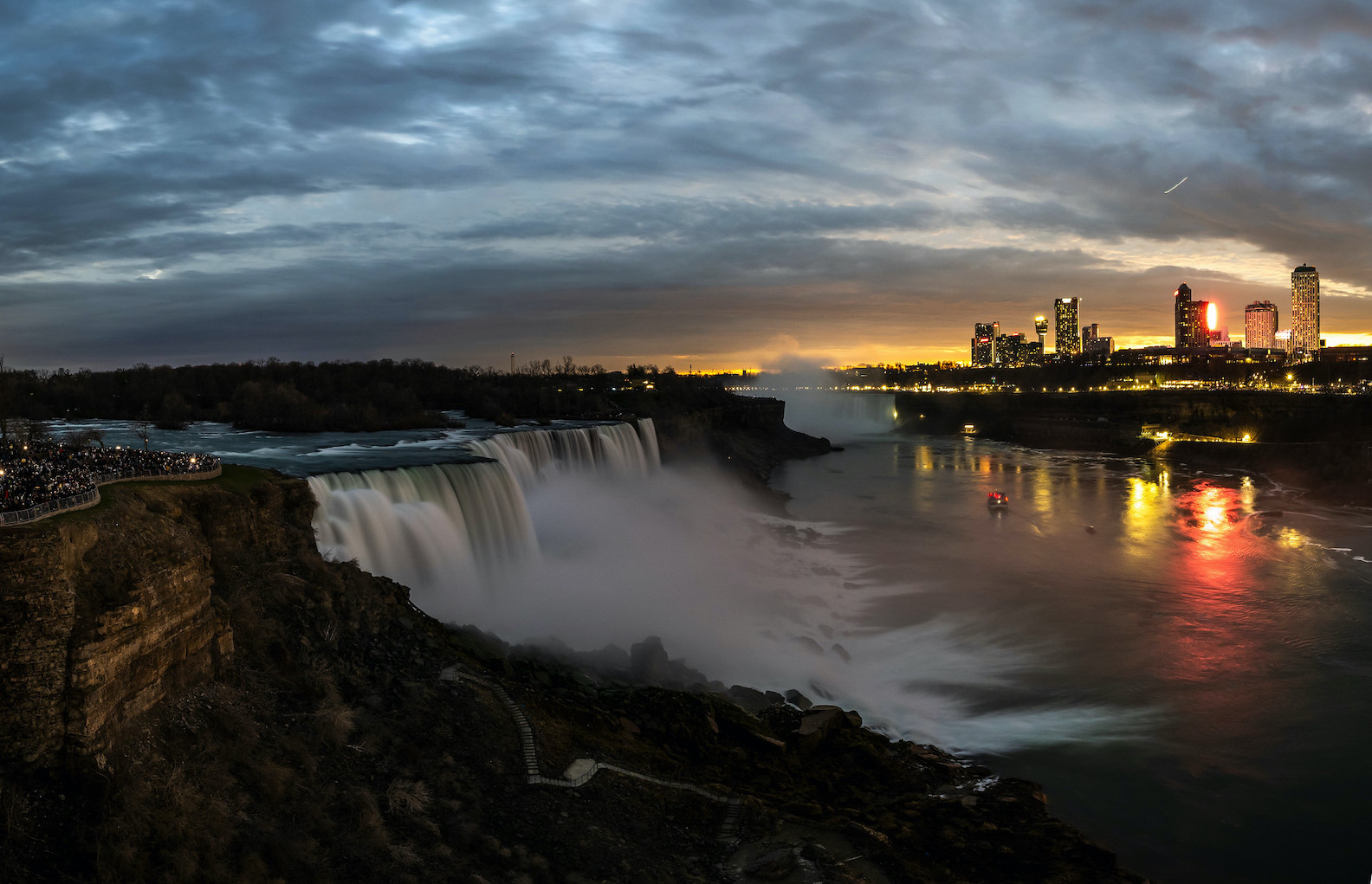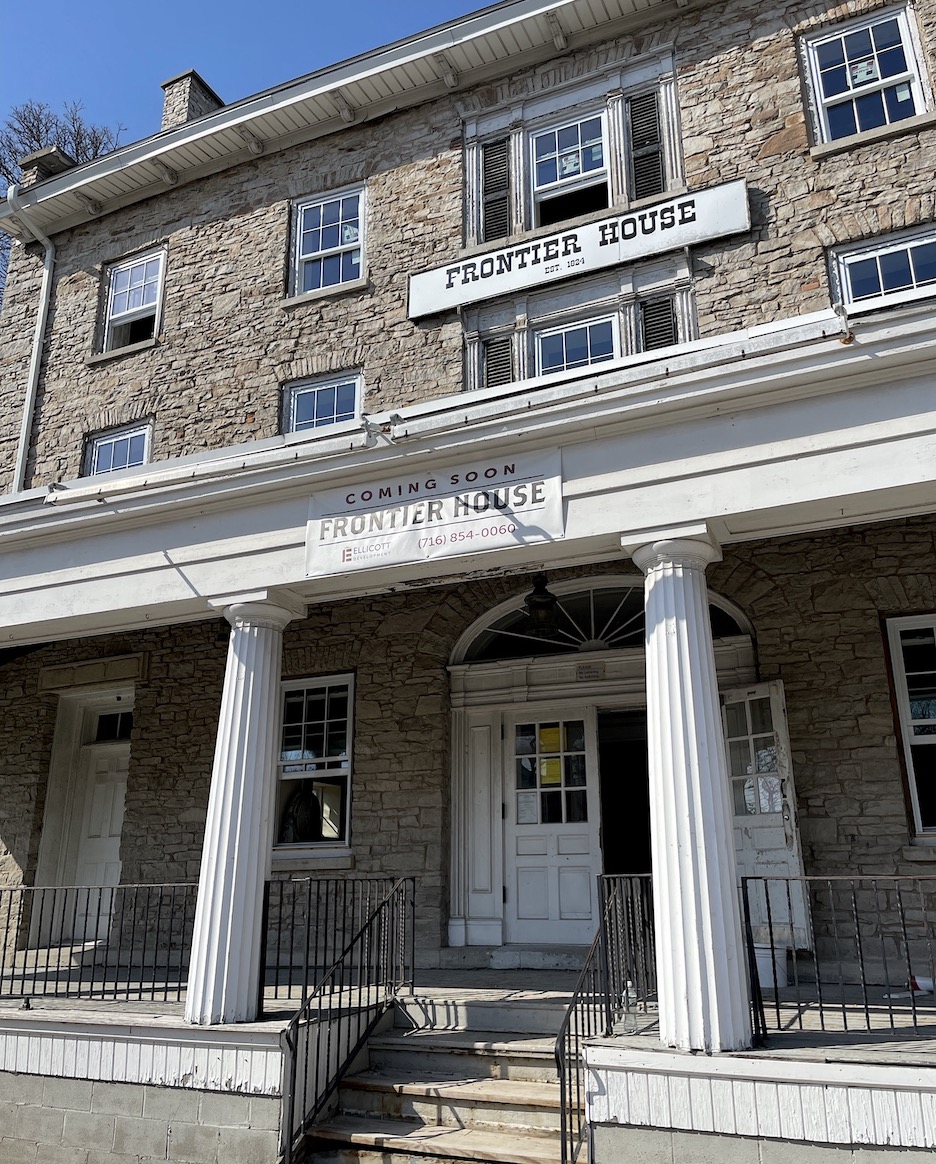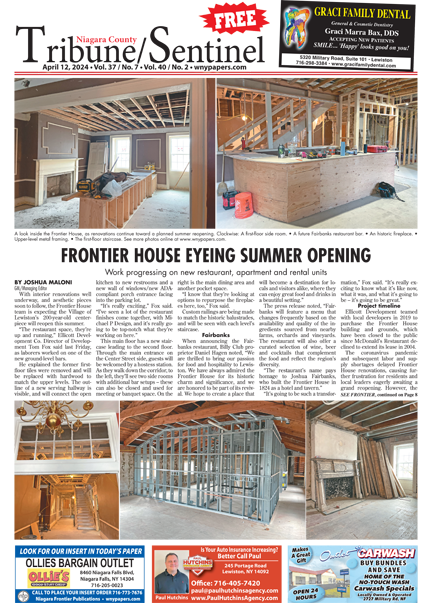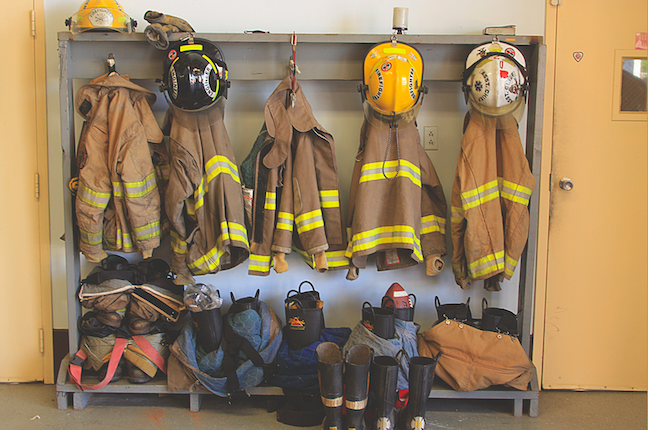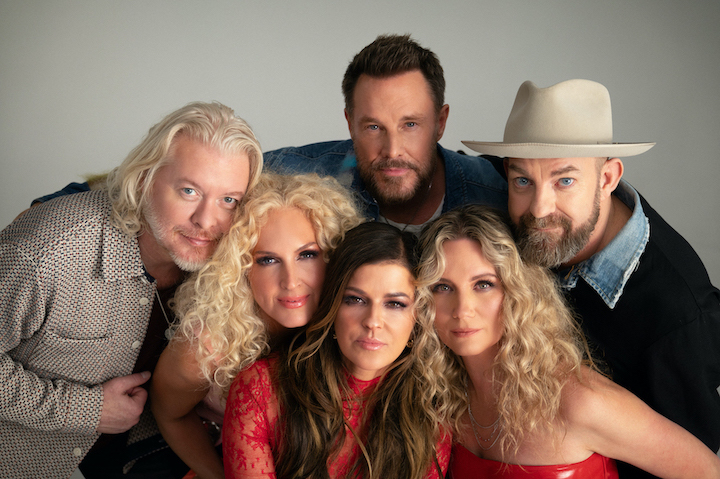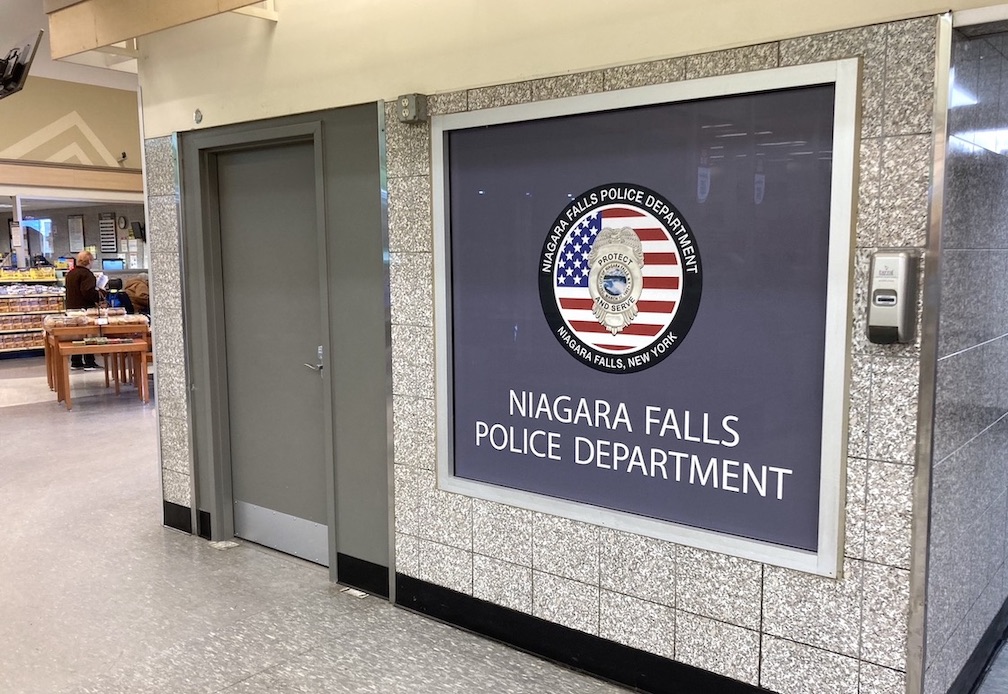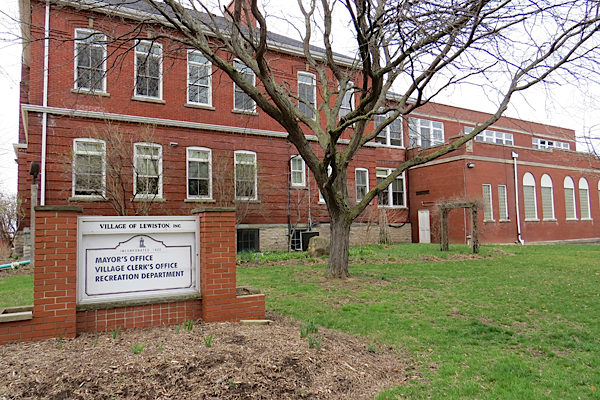Featured News - Current News - Archived News - News Categories
WNY water stakeholders share strategies to drive water safety & quality
Twenty-five public and private leaders from 16 municipal and environmental organizations convened at Woodlawn Beach State Park on Thursday to share ideas and discuss strategies on how to improve water safety and quality in communities across Western New York.
This is the second “Great Lakes Roundtable” hosted by New York State Sen. Chris Jacobs, who said his goal in organizing the event was to encourage more discussion of problems common to waterfront communities in his district, and to facilitate a more collaborative approach to identifying and implementing potential solutions.
“The 60th Senate District is bordered by more than 43 miles of waterfront, and that presents both challenges and opportunities,” Jacobs said. “Our waterfront holds great recreational and economic development potential, and we must ensure we are environmentally responsible in our pursuit of both.”
One primary area of focus during the group discussion was rising water levels in the Great Lakes and the impact they are having in shoreline communities. State Department of Environmental Conservation officials confirmed Lake Erie levels are currently at an all-time high. Given that lake water trends tend to operate in 30-year cycles, these water levels are likely to stay like this for some time and, as a result, Jacobs’ camp said they need to be considered as communities administer and update their local waterfront revitalization programs (LWRP).
“Thanks to Sen. Jacobs’ support, planning and ideas that stemmed from last year’s roundtable helped us secure $1.2 million in LWRP funding for Sturgeon Point Marina, and this year I was able to share the concerns of residents who are experiencing serious erosion with state and federal officials who can help us find answers,” said Evans Town Supervisor Mary Hosler. “I find the access to state resources and the collaboration with other waterfront municipalities that occur at the Great Lakes Roundtable extremely beneficial.”
Water infrastructure – specifically storm and sanitary sewers as well as wastewater treatment facilities – was also an important topic of conversation. Aging infrastructure is consistently identified as a source of overflows across the region, contributing to contamination and unsanitary water quality conditions that compromise the recreational and commercial value in some waterfront communities. Municipal leaders detailed various waterfront revitalization efforts either planned or underway in their communities to preserve the environment and promote economic development.
“Lake Erie activity in Evans and Angola impacts Niagara River activity in the City of Tonawanda, so we are all in this together,” Mayor Rick Davis said. “What I have learned from projects occurring in other communities has helped my administration plan and secure funding for more than $8 million in improvements to our shoreline and surrounding neighborhoods that will enhance the quality of life for our residents and the bottom line for local businesses. I thank Sen. Jacobs for his leadership on our waterfront.”
Jacobs said he believed the value of the first two roundtables would result in another being organized in the future.
“Whether it was municipalities jointly seeking coordinated investment in watershed projects or agencies sharing program funding opportunities and project eligibility standards, the ideas exchanged were varied and the collaborative discussion benefitted everyone in attendance,” Jacobs said. “I think the ‘Great Lakes Roundtable’ and the entities participating will help inform our policy decisions and enable us to pursue actions related to our water that will vastly improve outcomes for our Western New York community,” Jacobs concluded.
